Auction of the treasures of Rawdon Hall reveals the stories of a family at the heart of royal life and high society
Every picture tells a story, so they say, and there are many pictures and many intriguing tales to be told about the Rawdon family.
The history of one of Yorkshire’s most influential clans has come to light thanks to the auction of the contents of Rawdon Hall, offering for sale treasures that were commissioned, collected and loved by generation after generation of its extended family, across more than 400 years.
Advertisement
Hide AdAdvertisement
Hide AdComprising portraits and landscapes, furniture and antiques, the collection of 126 lots charts how, through marriage and patronage, the Rawdon family influence spread far and wide, from early Yorkshire baronets to the earls of Moira in Ireland and the marquesses of Hastings in Scotland.
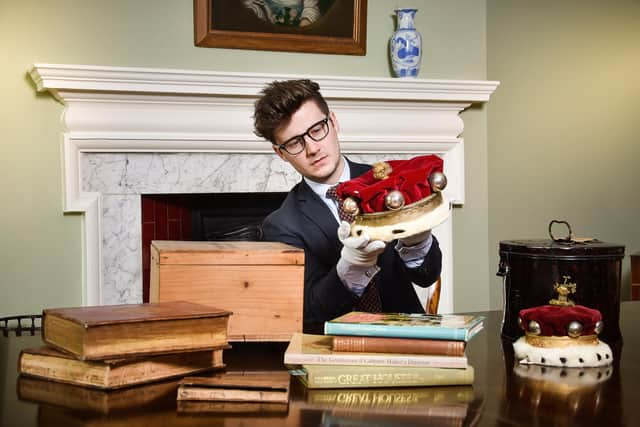

“What we try to do is try to capture the essence of each family,” says Joe Robinson, head of House Sales and Private Collections at Dreweatts auctioneers. “When you walk through these places, it’s not just the building itself, it’s the objects within them. How do you get all of those narratives taken out of the house and present them in the catalogue?”
Dreweatts specialises in sales involving the entire contents of grand houses, and recently took care of the Sitwell family sale. Yorkshire, in particular, says Robinson, is filled with mid-level grand houses, still family-owned but perhaps not able to commercialise in the same way that the huge, well-known stately homes have done. “That’s where the difficulty comes in. They are expensive things to run,” he says.
“It’s immensely emotional for these families. What we try to do is produce a legacy document. The catalogue is something that they can show the people that come after them and say, ‘this is what we used to have’ – and do it with pride.”
Advertisement
Hide AdAdvertisement
Hide AdSeven miles north of both Leeds and Bradford, Rawdon Hall has been owned by the family for more than 425 years. The current Grade II listed stone building probably replaced an earlier timber-framed house, in place from the 1500s. The land might well have been in the family for more than 950 years, granted to Paulyn de Rawdon by William the Conqueror in 1069, as a reward for his archers’ service in the Battle of Hastings.
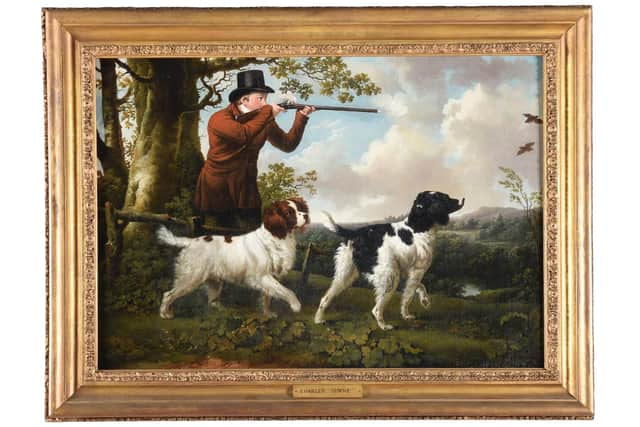

One of the lots, which has the date 1632 inscribed and estimated to fetch £2,000-£3,000, is a portrait of Frances Rawdon, who owned the manor of Rawdon, a term that meant a dwelling and land. It was his son who built Rawdon Hall.
Family member and current owner Nick Snowden says: “My distant ancestor, George Rawdon, built the house as a centre of dissenting worship, incorporating priest holes to protect non-conformists and a look-out window.
“Religious services were held under Buckstone Rock on the adjoining golf course to Rawdon Hall, by the leading dissenting minister of the time, Reverend Heywood. It was said that white sheets were hung out (as though to dry), as a sign for a local meeting.”
Advertisement
Hide AdAdvertisement
Hide AdThe ensuing lineage is complicated. George’s grandson, Sir George Rawdon, married the sister of the 3rd Viscount Conway and became 1st Baronet of Moira, County Down (1604–1684). His grandson married the 6th Countess of Loudoun, fusing the Hastings and Rawdon family names together..
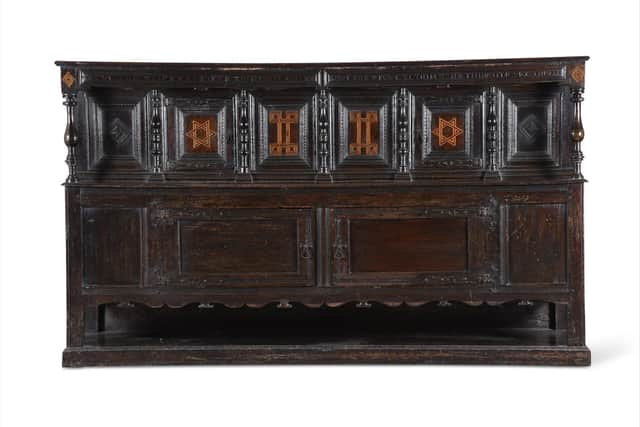

This tradition of families with property marrying into other families with property meant that the Rawdon-Hastings had several houses, and Rawdon Hall was not a principal seat, but a secondary house, perhaps used for a season, or particular months of the year.
The objects gathered within the Rawdon Hall collection will have been passed around many of the extended family’s various seats and homes, and so their histories are complex and intertwined. But they are important, not least because the auction buying market loves a good story.
“The little toy carriage that might have been sat in by Queen Victoria as a child, as an object in itself, without the story, it may not make as much,” says Robinson who has estimated the carriage will fetch £300-£600. “With the story, people buy into that, and they want to own the story.
Advertisement
Hide AdAdvertisement
Hide Ad“It’s more than likely that the little carriage came from Loudoun Castle, because that’s where the Hastings family was from. Lady Flora Hastings was the lady-in-waiting to the Duchess of Kent, Queen Victoria’s mother.”
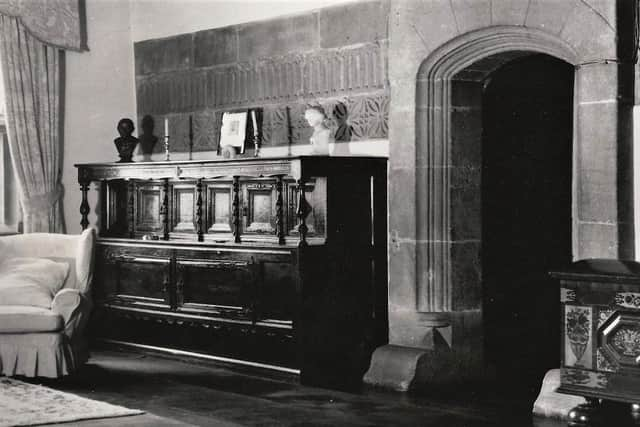

Therein lies a rather sad story of royal scandal. The unmarried Lady Flora was the subject of gossip, suspected of having an affair with Sir John Conroy, comptroller to the Duchess of Kent, who was also thought to be his lover.
Conroy was detested by Queen Victoria, who resented his policy of keeping her cooped up as heir presumptive, away from her Hanoverian uncles, a policy supported by her mother and Lady Flora.
In 1839, Flora began to experience pain and swelling in her abdomen. She refused an examination by the Queen’s physician, Sir James Clark, who assumed she must be pregnant. Rumours spread and Victoria wrote in her diary that she suspected Conroy to be the father. Lady Flora finally agreed to an examination and was found to have advanced liver cancer. She died in July that year, aged 33. Victoria visited Flora a month before her death and was said to have been haunted by guilt for years after. The scandal cast a shadow over the early years of her reign.
Advertisement
Hide AdAdvertisement
Hide AdThere is a portrait of Lady Flora’s mother, Lady Flora Mure-Campbell, aged five. She married the 2nd Earl of Moira and became the Marchioness of Hastings. She built Loudoun Castle, which is now a ruin.
The auction also includes impressive pieces of furniture that were probably made for Rawdon Hall, including a 17th century oak and inlaid side cupboard with the words “Give God al praise, for to Him it is dewe, Love God above all thing, and thi neightbour as thiself”. There are literary connections to the hall, too, as it is believed that Charlotte Brontë was a visitor in 1841, when governess in nearby Upperwood House.
The collection will be auctioned alongside the collection of Charles Plante, a dealer in London and America for three decades, specialising in American, English and French architectural drawings and decorative arts.
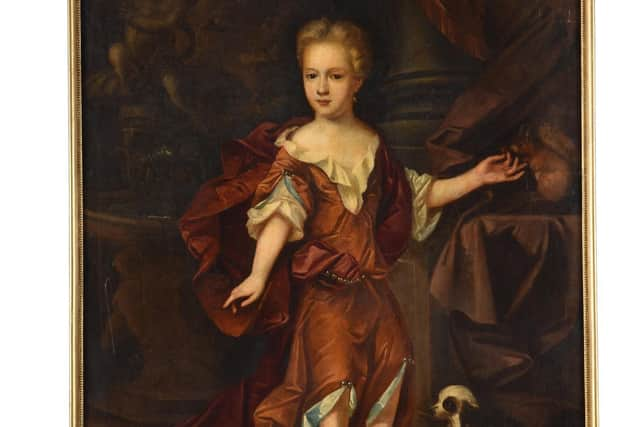

Buyers for the Rawdon House collection are expected from Yorkshire, Scotland, Ireland and across the globe. Robinson says: “It’s a very strong market at the moment for traditional works of art like these. Because of covid, people are living at home, working from home more, and they don’t want to be living in white cubes. They want to feel comfort, and what gives them comfort is more of this traditional look.
Advertisement
Hide AdAdvertisement
Hide Ad“Putting a sale like this together is a jigsaw and it’s very exciting because it is a voyage of discovery. I read history at university and, of course, there is that element that it’s incredibly sad that this history was kept in one building, and it’s suddenly dispersed, but the concept, the history, of collecting is people buying other things to put in their own houses.
“If anything, it gives the collection a new life. It allows other people to enjoy the collection in their own homes, and to form new collections. Collections are not static, they are constantly moving. When a collection comes up in its entirety, it’s a one-time opportunity for people to capture that piece of history. Once it’s gone, it’s gone.”
* Town & Country: The Collections of Charles Plante and Rawdon Hall, at Dreweatts, Donnington Priory, Newbury, Berkshire, on Tuesday, May 10, 2022, 10.30am. There is a 360 degree virtual auction tour, see www.dreweatts.com.
A look inside Rawdon Hall here as it looks today.
Comment Guidelines
National World encourages reader discussion on our stories. User feedback, insights and back-and-forth exchanges add a rich layer of context to reporting. Please review our Community Guidelines before commenting.